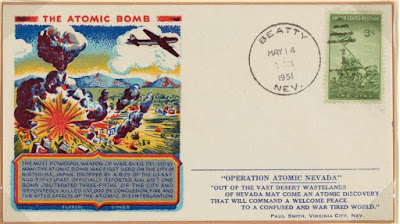Georges Lemaître (born 17 July 1894, died 20 June 1966) was a Belgian Catholic priest, physicist, and astronomer whose work fundamentally reshaped our understanding of the cosmos. A professor at the Catholic University of Leuven, Lemaître was the first to propose that the universe is expanding, a concept he published in 1927 before Edwin Hubble’s observational confirmation. He went further to suggest that this expansion could be traced back to a single, extremely dense point, which he called the “primeval atom” or the “cosmic egg,” laying the groundwork for what later became known as the Big Bang theory. Though initially met with skepticism, his ideas were ultimately recognized as visionary, bridging science and philosophy to address the origins of the universe itself. Lemaître’s contributions earned him recognition as one of the fathers of modern cosmology, and he remained active in scientific debates until his death in 1966.









